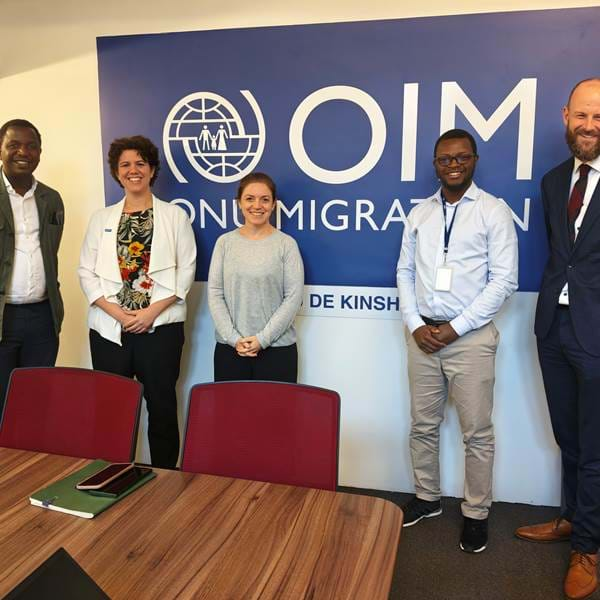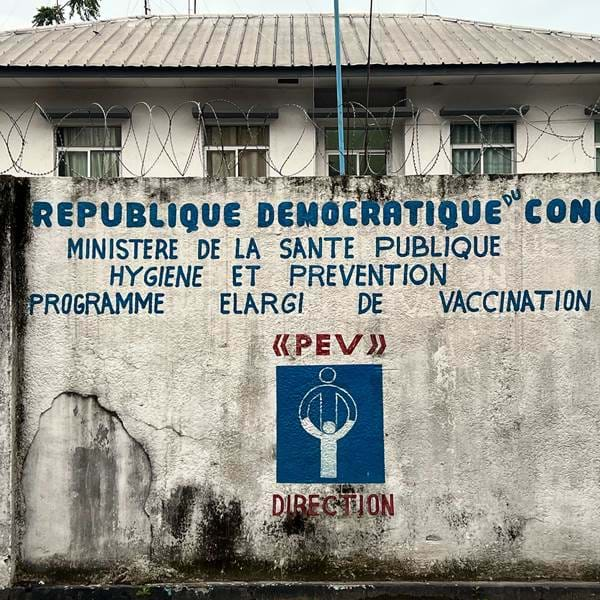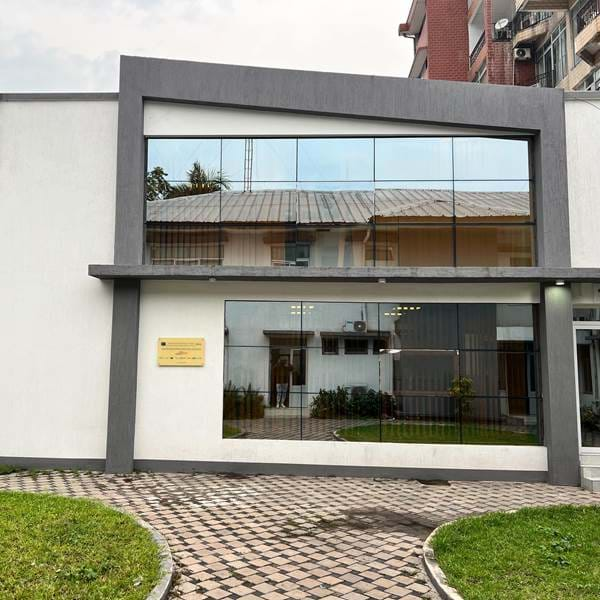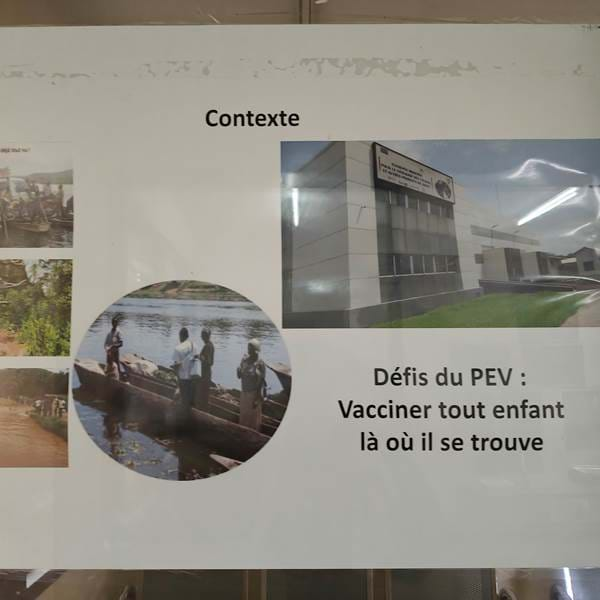The Expanded Programme on Immunisation (EPI) and health zones’ chief medical officers (Médecins Chefs de Zone) in the Democratic Republic of the Congo (DRC) now have access to monthly, timely, accurate data on population distribution and mobility, to support effective planning and delivery of childhood vaccination programmes.
As a technical partner of the EPI, we provide dynamic population estimates that account for internal mobility as well as natural population growth, supporting healthcare providers to include mobility in their vaccination planning and interventions, and enhancing efficiency.
These estimates provide planners with useful insights, highlighting areas where sudden shifts ‒ such as seasonal migrations ‒ result in population counts that may differ from expectations, and therefore impact vaccination and health service delivery.
About the data
Currently, healthcare workers apply year-to-year projections from the 1984 census population data and 2016 enumeration data to define their target group for their vaccination planning. These new estimates offer a more dynamic and responsive approach. Additionally, by identifying strong mobility flows between health zones, the data can help enhance potential collaboration between health zones and lead to optimised resource allocation, and improve vaccination targets.
This work is made possible thanks to Vodacom Congo (DRC), a key player in the field of connected health.
As part of its mission to reduce the digital divide, its participation in this project reflects its commitment to ensuring that people in remote areas receive the healthcare they need to survive. Whilst fully protecting the privacy of their subscribers, they provide us, in addition to technical support to ensure the data pipeline is constantly running, with anonymised (pseudonymised) mobile operator metadata which can be processed to infer population mobility. We then combine these data with static population data, phone survey and microcensus data for representativeness, and natural growth rate to produce bias-adjusted and representative population distribution and mobility estimates.
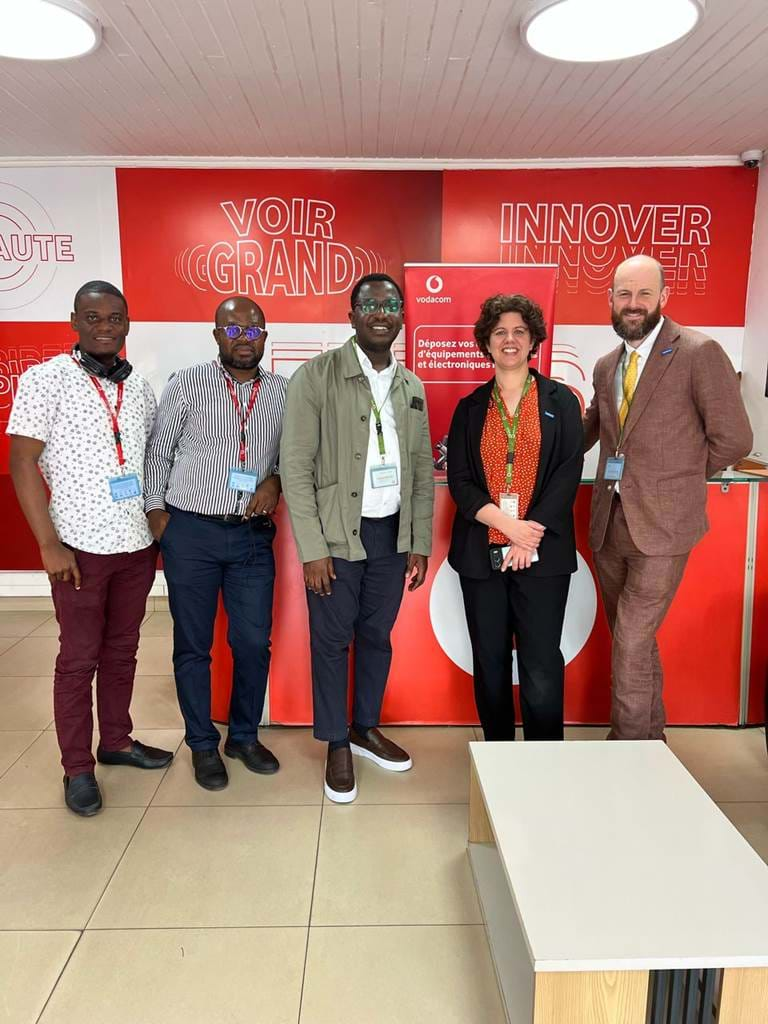
With these data, we have, with Vodacom DRC, released two types of analysis to enhance EPI’s vaccination microplanning.
Health zone-level monthly reports
Each month, EPI provincial and central representatives receive monthly estimates of mobility for the previous month, along with estimates for the previous eleven months. These health zone reports include monthly population variations and detailed population flows, allowing for a better understanding of movement patterns and connections between health zones.
National overview synthesis reports
At the central and provincial levels, the EPI receives, every three months, an annual synthesis providing a nationwide perspective on mobility trends over a 12-month period. This analysis includes summarised key observations, population growth trends in major cities and a detailed breakdown of internal mobility-driven population changes at the provincial level.
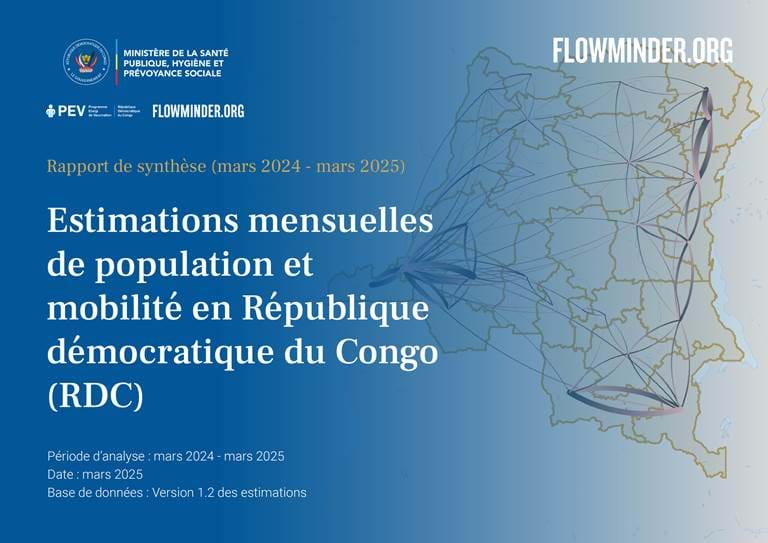
At Vodacom Congo, we believe that technology can truly change lives. This is what guides our daily commitment: finding concrete solutions to improve the health and wellbeing of communities. This partnership is a tangible way for us to contribute to a healthier future for the country's children by putting innovation at the service of life.
— Pamela ILUNGA, Deputy Managing Director of Vodacom Congo (DRC)
Working with the PEV
To facilitate the integration of these new estimates into their vaccination planning and interventions, our teams have now started working with health zones’ medical chief officers directly, in addition to the existing partnership with the EPI at the central and provincial levels. These engagements ensure that health officials can effectively interpret the data and apply it to their planning processes in order to enhance vaccination coverage via evidence-base decision making..
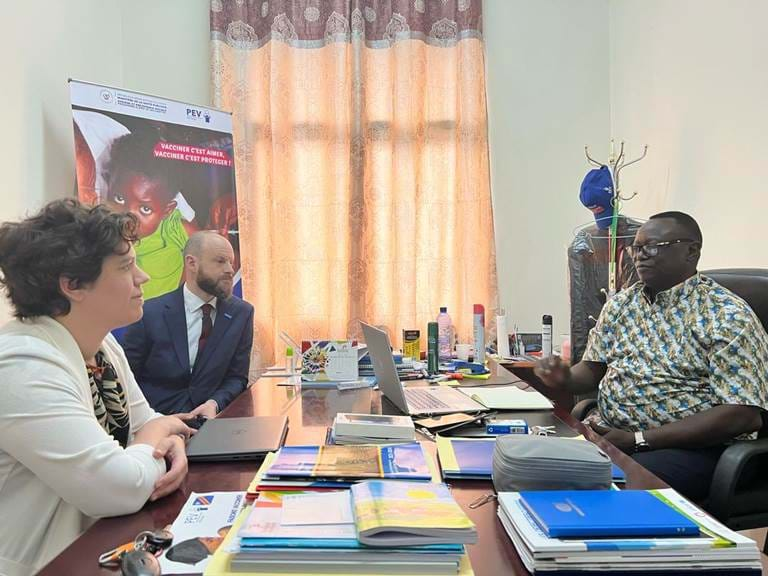
This data on population movements in the health zones confirms the reality of the situation on the ground. We are delighted to be able to use this information to integrate the dynamics of displacement more closely into our strategies, ensuring that no child, including those from communities displaced for security or economic reasons, is left behind. This evidence-based approach will strengthen the quality of our analyses and interventions, and help to improve immunisation coverage in the DRC.
— Dr Audry MULUMBA WA KAMBA, Director of the Expanded Programme on Immunisation (EPI)
The IOM welcomes the availability of mobility reports by Flowminder and Vodacom DRC for the benefit of the EPI. These analyses are a valuable tool for understanding the evolution of population movements and thus strengthening the planning and evaluation of vaccination activities.
— Gaudia Sironi, Coordinator of the Migration and Health Unit a.i at the International organization for migration (IOM) in the DRC
Acknowledgements
This work was made possible thanks to the support of Gavi, The Vaccine Alliance, and IOM, under the Equity Accelerator Fund (Fonds d'accélération de l'équité en matière de vaccination).


